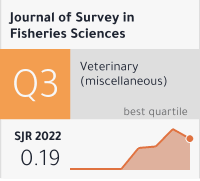Plant Growth Regulators (PGRs) and Their Applications: A Review
DOI:
https://doi.org/10.53555/wmw6ts09Keywords:
Plant hormones, Auxins, Gibberellins, Cytokinins, Brassinosteroids, Triacontanol, PolyaminesAbstract
Plant growth regulators (PGRs), also referred to as plant hormones, are chemical substances that profoundly influence various aspects of plant growth and development even at very low concentrations. Their activities depend on concentration, plant physiological state, and environmental factors. PGRs regulate cell division, elongation, differentiation, and mediate responses to biotic and abiotic stress. They can be applied directly to roots, leaves, flowers, buds, and shoots to enhance stress resistance and optimize crop performance. PGRs are essential in horticulture, agriculture, floriculture, and viticulture, particularly in environments with suboptimal soil or harsh climatic conditions. This review discusses major PGR classes—including auxins, gibberellins, cytokinins, ethylene, abscisic acid, brassinosteroids, jasmonates, triacontanol, triazoles, and polyamines—and outlines their key roles and agricultural applications.









